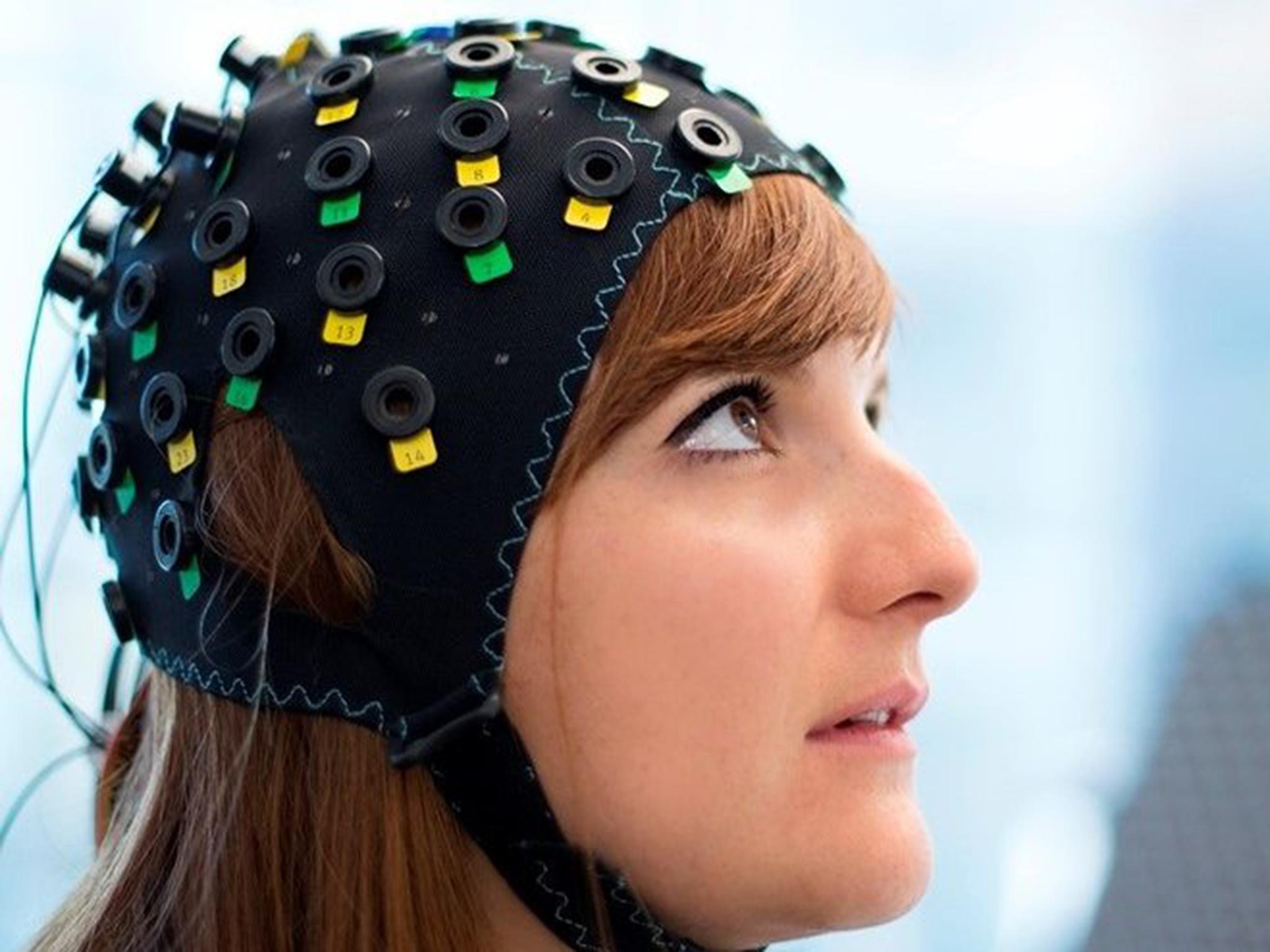Mind-reading breakthrough allows scientists to ‘talk’ to locked-in syndrome patients
Experiment allowed researchers to 'read' the minds of totally paralysed people

Four patients who are unable to speak, move or blink have communicated they are "happy" after a successful attempt was made to read their thoughts.
The discovery was made during a ground-breaking experiment aimed at piercing the wall of silence that surrounds victims of completely locked-in syndrome (CLIS).
Patients are said to be completely locked-in when their mental faculties are preserved but they are so paralysed that even eye movement is impossible.
To find a way of communicating with such individuals, the Swiss-led international team of scientists developed a form of thought reading based on a system that measures blood oxygen levels and electrical activity in the brain.
Thinking "yes" or "no" to specific personal questions triggered changes correlating with brain activity that could be translated by a computer.
When the patients were repeatedly asked "are you happy?" over a period of several weeks, all four consistently answered "yes".
One patient, a 68-year-old woman, entered a locked-in state in 2009 and had been completely locked-in since 2010.
All four had been diagnosed with amyotrophic lateral sclerosis (ALS), or motor neurone disease, which over time left them totally paralysed.
Lead investigator Professor Niels Birbaumer, from the Wyss Centre for Bio and Neuroengineering in Geneva, said: "We were initially surprised at the positive responses when we questioned the four completely locked-in patients about their quality of life.
"All four had accepted artificial ventilation in order to sustain their life, when breathing became impossible; thus, in a sense, they had already chosen to live.
"What we observed was that as long as they received satisfactory care at home, they found their quality of life acceptable. It is for this reason, if we could make this technique widely clinically available, it could have a huge impact on the day-to-day life of people with completely locked-in syndrome."
One study participant, described as "Patient W", was in a borderline CLIS state at 24.
She had been diagnosed with juvenile ALS in December 2012 and since 2015, after struggling to communicate with eye movements and mouth twitches, had lost all contact with her family.
Both the other patients, a woman aged 76 and a man aged 61, had been unable to communicate by any means since 2014.
The findings, published in the journal Public Library of Science Biology, challenge the widely held view that CLIS patients lack the goal-directed thinking necessary to use a brain-computer interface.
Previous attempts to open avenues of communication that relied solely on detecting electrical signals have failed.
Professor Birbaumer said: "The striking results overturn my own theory that people with completely locked-in syndrome are not capable of communication.
"We found that all four patients we tested were able to answer the personal questions we asked them, using their thoughts alone.
"If we can replicate this study in more patients, I believe we could restore useful communication in completely locked-in states for people with motor neuron diseases."
More than 200 questions were prepared for each patient with the help of family members.
During training sessions, patients were asked to think "yes" and "no" answers but to try to avoid imagining the words written down or spoken.
Patients were questioned for nine minutes three to four times a day.
The study allowed the one male patient, Patient B, to show his strong disapproval of his daughter's marriage.
At the request of his family, the researchers asked him if he would agree to his daughter marrying her boyfriend, "Mario". On nine occasions, the answer was "no".
Overall, the questioning elicited correct responses in 70 per cent of the trial sessions.
The scientists used a technique called functional near-infrared spectroscopy (fNIRS) which involves shining long wavelength light through the scalp and measuring its absorption in the brain.
At the same time, electroencephalogram (EEG) electrodes detected electrical activity.
Professor John Donoghue, director of the Wyss Centre, said: "Restoring communication for completely locked-in patients is a crucial first step in the challenge to regain movement.
"The Wyss Center plans to build on the results of this study to develop clinically useful technology that will be available to people with paralysis resulting from ALS, stroke, or spinal cord injury.
"The technology used in the study also has broader applications that we believe could be further developed to treat and monitor people with a wide range of neuro-disorders."
PA
Join our commenting forum
Join thought-provoking conversations, follow other Independent readers and see their replies
Comments
Bookmark popover
Removed from bookmarks